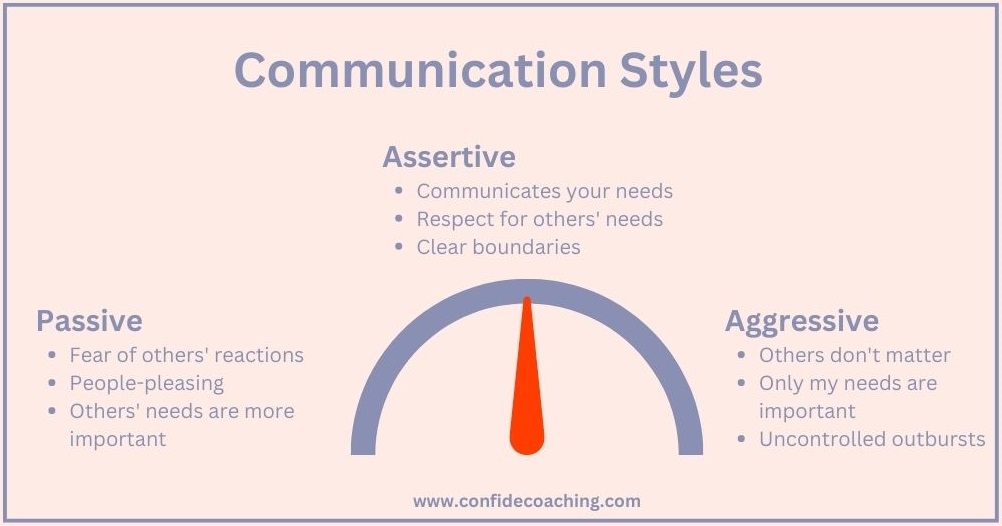
Executive presence is a phrase that people will often throw around without understanding. If you’re wondering what executive presence is and how you can achieve it, you are right. Continue reading this article to understand how it is better.
You might see a person getting a promotion over someone else, despite having the same skills. Usually, what makes the two different, with one being more qualified for the position, is how they communicate and present themselves to others in a professional way.
Executive presence is a must-have skill that distinguishes an effective leader from an ineffective one. A person with an executive presence can lead their team in a better way to achieve their organizational goals. This is why management and employers are always looking for this quality in their (potential) employees.
Fortunately, executive presence is not an innate personality trait. Instead, it is a skill that people can learn and master through practice.
What is Executive Presence?
Executive or leadership presence is important for anyone looking to perform well in their job and acquire a promotion. Regardless of your career path and position, you can develop and use this skill. Executive presence sets you up for success and advancement and helps increase your productivity, and inspires others.
The term refers to learned behaviors and personality traits that allow you to have an authoritarian personality. People with executive presence can command attention and lead situations that can affect themselves, their team, and the company.

Usually, the perception of this ability revolves around how a person looks, speaks, and acts. This suggests that some executive presence may come naturally while others need practice.
It is important to develop an executive presence in any career field because it displays your talent as a professional. It shows that you can lead and make meaningful contributions to the success of an organization. No matter your role and position, executive presence adds credibility to your skills as a leader.
Ways to Develop Executive Presence
Do you wish you had more executive presence or charisma? Luckily, it is not a personality trait but rather a skill that you can learn in due time. Here is how.
1. Define Your Personal Style
Before striving to have more executive presence, first find out what it means for you. Figure out the kind of leader you want to be and use this knowledge to get there.
You can define your executive presence by exploring your work and leadership style. Not to mention, this is also the right time to set career goals and create a plan. However, make sure your goals are realistic and achievable.
2. Create a Positive Mindset
Developing skills takes time and practice, and executive presence is no exception. It will become difficult for you to develop it if you don’t trust your abilities. So, avoid focusing on skills you don’t already have and be confident.
Creating a positive mindset (which is more about negativity you let go of than simply thinking positive) will keep you motivated, and you will soon achieve your goal of developing more charisma. Remember that demonstrating executive presence does not mean you should know everything.
3. Master Body Language
Want to inspire your colleagues and impress your managers through your executive presence? The correct workplace body language can help you achieve it. That being said, different organizations and workplace cultures have different norms. Nonetheless, following the basics of professional body language can have a substantial impact.
Make Eye Contact
Making eye contact with your peers, managers, and other authoritative persons will help you appear more confident and self-assured. Besides, it also makes the other party feel valued when you show that you’re actively listening to them. The reverse is also true–not maintaining eye contact can make you seem dishonest and distracted.
Be Careful of Your Posture
Your body language and posture determine how easily approachable you are. This affects your executive presence as it is important for leaders to be easy to talk to.
For instance, keeping your arms folded in front of you can become a barrier between your audience and you. But if you keep them at your side, your posture will look more upright, and you can also use your hands to create more welcoming gestures.
Be Mindful of Your Facial Expressions
Leaders with an executive presence watch their facial expressions. Make sure to always show a calm demeanor with slight changes in your expressions. Make sure to communicate your thoughts and feelings through expressive facial expressions like a smile, frown, laugh, etc. This makes it easier for people to reach out to you and make you more approachable.
Bottom Line
Executive presence is important to display your talent and show that you can lead a team. This sets you up for promotion in any career field.
You can develop executive presence by figuring out your leadership style, creating a positive mindset, and mastering professional body language.
p.s. – Want to develop a more charismatic demeanor? Book a free session with me to see if we’re a fit for working together.

Paul Strobl, MBA, CPC
Owner of Confide Coaching, LLC
Paul is a Master Life Coach for individuals, executives and business owners. Originally from Houston, Texas, he has been location independent for most of his adult life. He currently resides in the Rhodope Mountains of Bulgaria near the Greek border with his brilliant wife, 13-year-old stepson (officially adopted in 2021!) and a Posavac Hound rescue.

